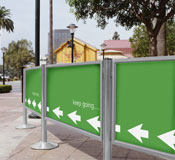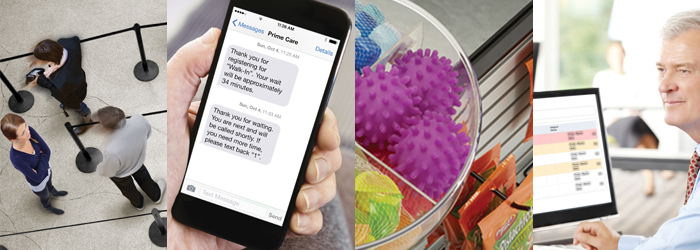Event organizers have the special job of making sure entire events run smoothly. They are accountable for many tasks and processes, one of which involves the safety of all people involved. From the visiting public to employed staff members, safety must be ensured for all parties. This duty cannot be taken lightly as crowds and venues themselves present all kinds of hazards.
Observe the nature of crowds and the venue’s structure
Any time a crowd is present aggressive behavior is possible as well as rushing, swaying, and surging. These behaviors can lead to people being squeezed between each other, trampled, or even crushed against a venue’s structures. Additionally, people are known to partake in such dangerous stunts as climbing on equipment or throwing a multitude of objects. These behaviors endanger themselves and those people around them. As well as being aware of the nature of crowds, an event organizer must take a look at the venue itself. Various obstructions and dangerous situations present the potential for serious injuries. Start by observing all floors and walkways. Are they well maintained? Are they free of all junk and collections of unwanted debris? Objects that obstruct crowd movement even slightly can result in tripping, falling, and injuries. Check all structures and equipment for security and usability. Unsecured objects such as these could collapse or fall into the crowd and equipment failure could cause unwanted traffic congestion. Additionally, all equipment that is hot, such as items used in food preparation, needs to be guarded from people accidently running into them, potentially burning themselves or starting a fire. Observe the potential flow of your crowd. Will people be attempting to cut through the crowd to get to various areas such as concessions or bathrooms? At any point do vehicles and pedestrians have to share the same routes?

Properly implement barriers to minimize the hazards
After assessing the potential risks select controls to help mitigate the hazards. Barriers are one of the main tools utilized to help control crowd-related situations. Barriers serve several jobs including the ability to manage and influence crowd behavior to ensure safety. Barriers create safe routes for pedestrian traffic as well as block access to structures, objects and situations that could put individuals in harm. Selecting and implementing crowd control barriers needs special attention. Avoid equipment that actually presents a greater risk than what you are intending to control. Many times barriers fail simply because an incorrect selection was made or they were improperly installed. Take in to account the event’s ground conditions, topography, and potential underground pipes and cables that could restrict barrier use. Think about the load the barrier will be expected to accommodate from both the crowd and weather conditions. How large is the expected audience? Will there be wind or rain? Then, strategically choose the barriers that fit your event’s conditions and employ experts to install these select pieces of equipment.

Complete your process with real-time monitoring throughout your event. Even the most precise pre-event planning can leave holes in the system. Assess the crowd for unexpected risks and behavior as they arrive, navigate the event site and leave the premises. For help selecting and installing barriers for your event consult our crowd control experts.












